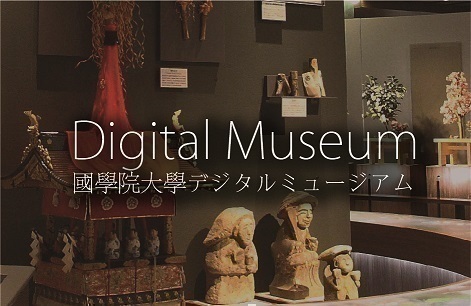- トップ
- Encyclopedia of Shinto
- Kamurogi, Kamuromi
Encyclopedia of Shinto
| Main Menu: | |
| Links: |
詳細表示 (Complete Article)
| カテゴリー1: | 2. Kami (Deities) |
|---|---|
| カテゴリー2: | Concepts of Kami |
| Title | Kamurogi, Kamuromi |
| Text | Terms referring generically to male and female ancestral kami (sojin). Examples can be found in the ShokuNihongi, Engishiki, norito, Nakatominoyogoto, Hitachinokuni fudoki, Izumonokuni fudoki, ShokuNihonkōki, and Kogoshūi. Commentators are agreed that the truncated kam means kami, while gi and mi refer, respectively, to male and female, but opinion is divided regarding the significance of the element ro. Kamo no Mabuchi interpreted kamuro to mean divine king, with the result that he understood the terms as referring to emperor and empress. Motoori Norinaga added the concept of ancestral deity to Mabuchi's interpretation, claiming that the two referred to divine ancestral deities of the emperor and empress. In the most general sense, the deities can be understood as ancestral kami. When the two deities are mentioned individually, they refer respectively to male and female kami, and when mentioned jointly as a pair, they refer to ancestral kami as a whole. Various suggestions have been made regarding to which specific kami these names might have originally referred. The Kogoshūi claims that the two refer to the kami of begetting, Takamimusuhi and Kamimusuhi, but Kamo no Mabuchi argues that the reference is broader, extending to all imperial ancestral kami. In contrast, Motoori understands the terms to refer to Takamimusuhi and Amaterasu. At present, the terms are believed to refer not to any specific kami, but to different beings in accordance with the context of the historical materials in which the terms are found. -Endō Jun |




